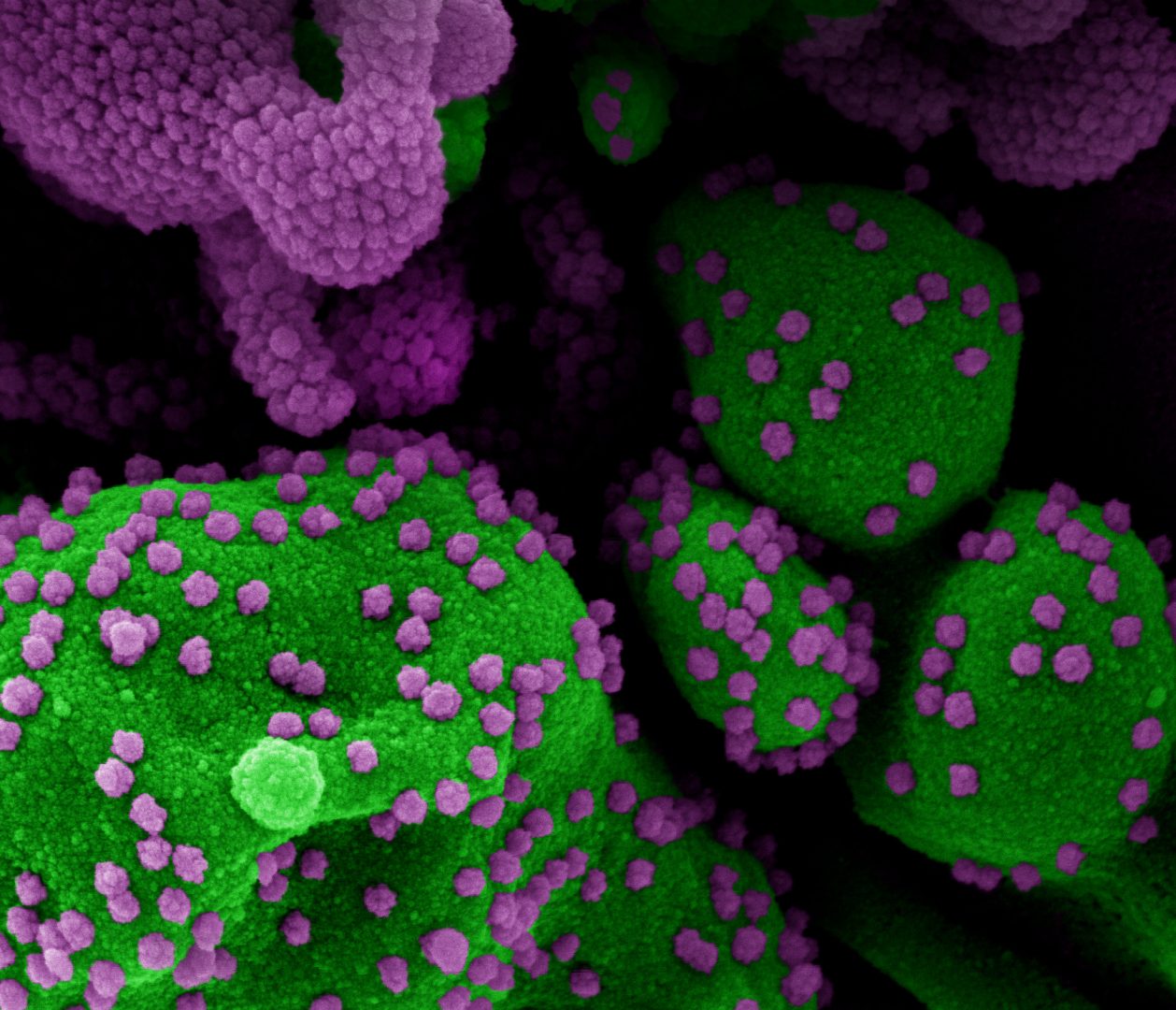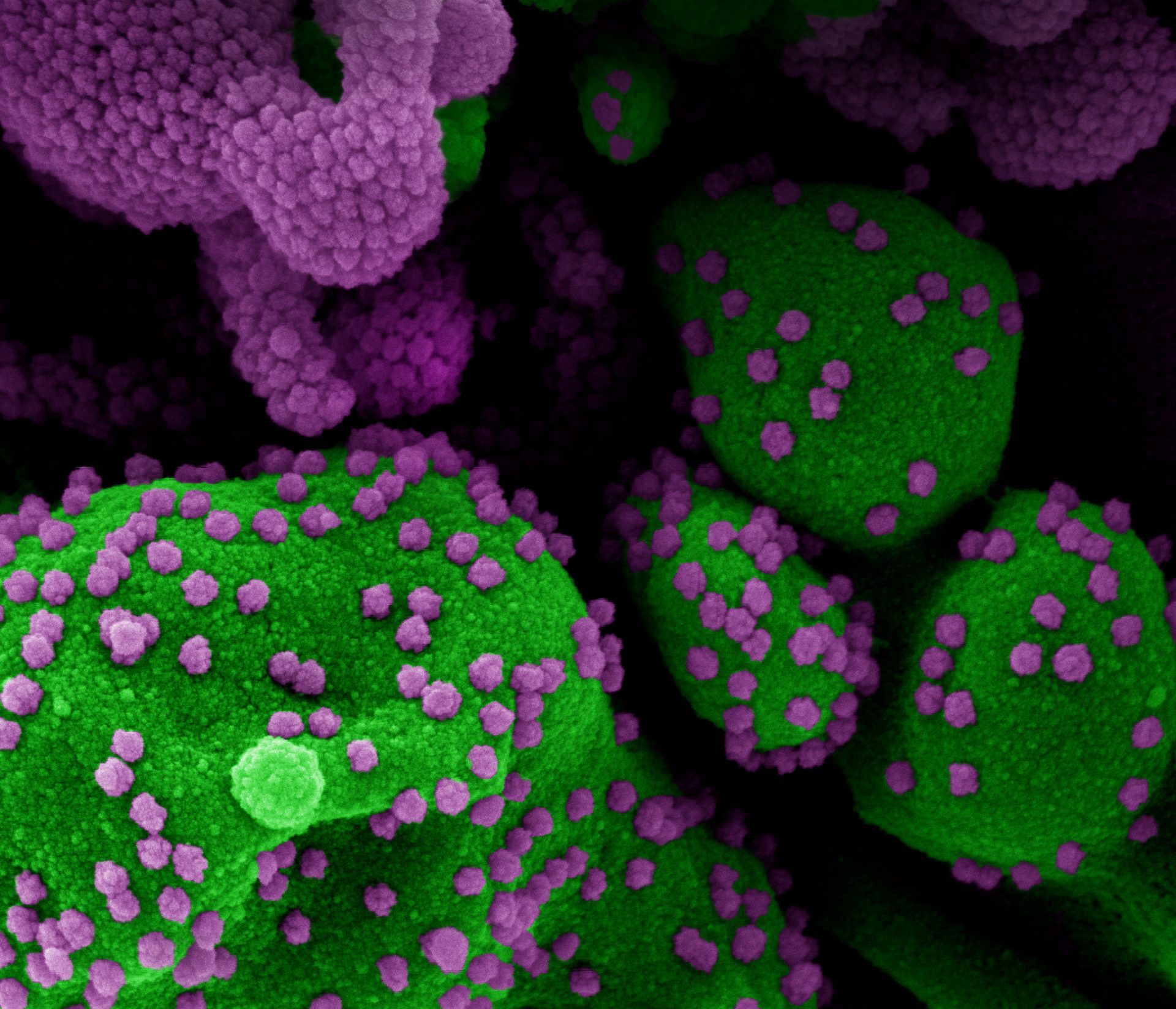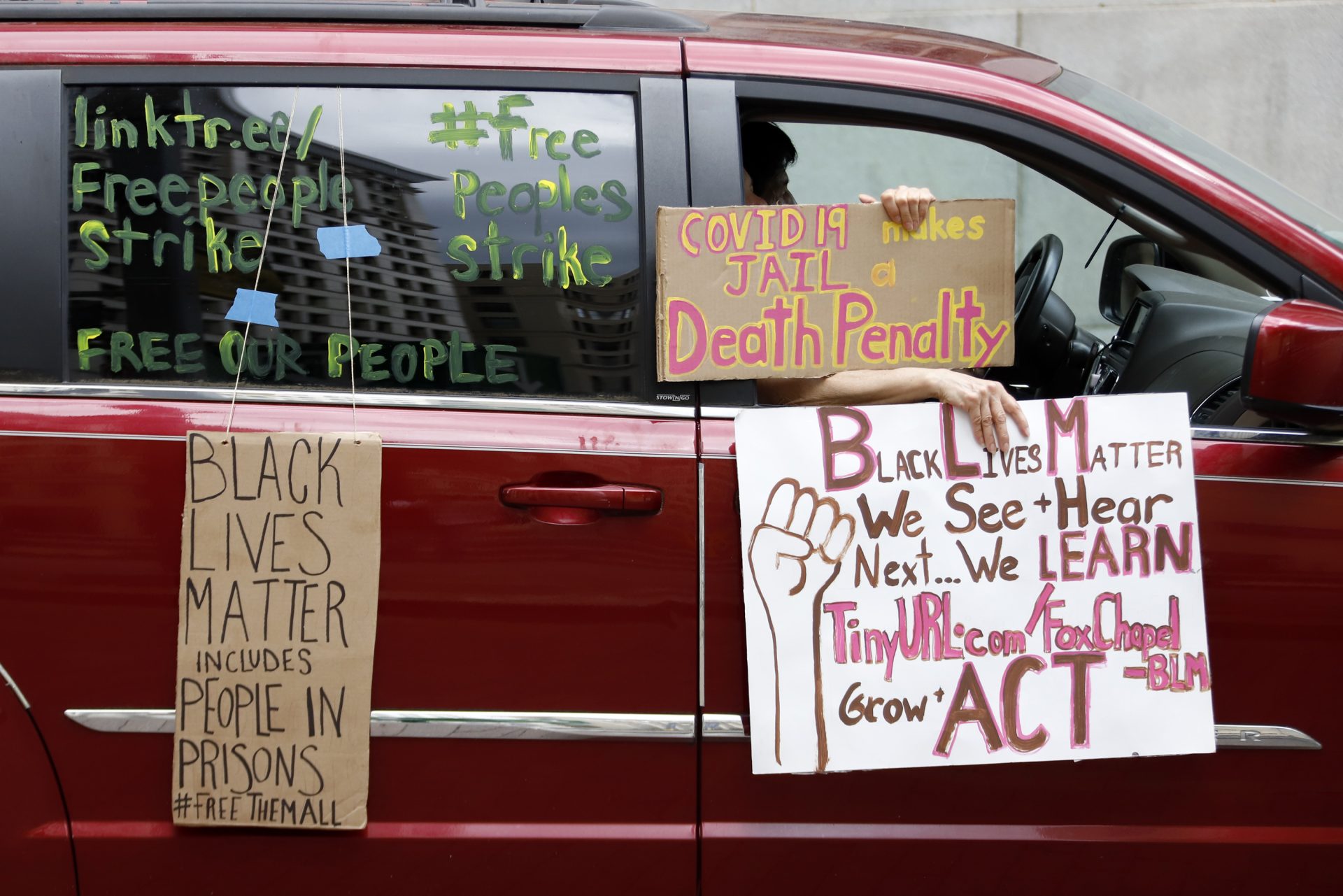Russ Walker joined PA Post in 2019 as executive editor. He previously worked at KING 5 News, the NBC-affiliated TV station serving Seattle and Western Washington. At KING, Russ oversaw the award-winning investigative unit and managed the newsroom’s daily operations. His background includes stints as an editor for POLITICO, washingtonpost.com, FreedomChannel.com, American Health Line and U.N. Wire. He is a graduate of Vanderbilt University. Russ and his wife, journalist and cookbook author Kim O’Donnel, live in Lancaster.




